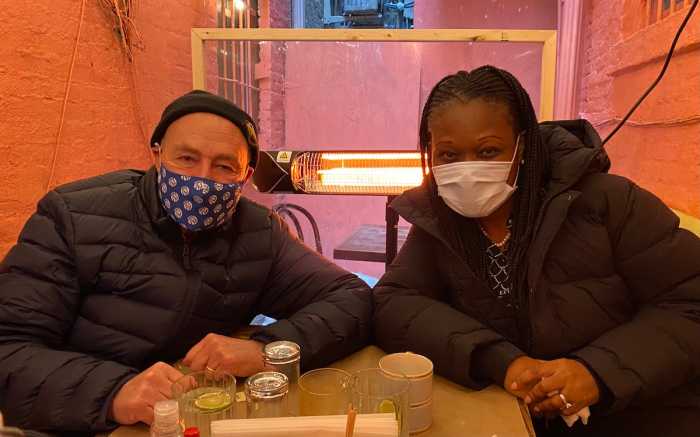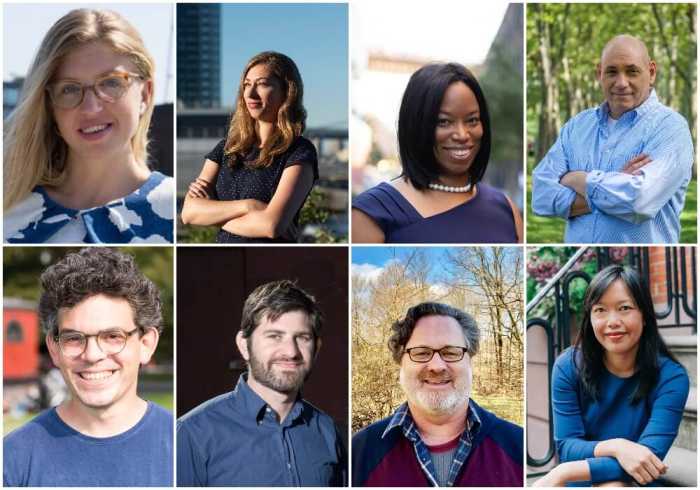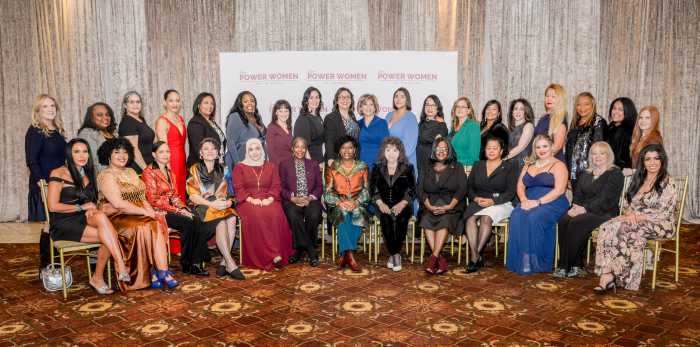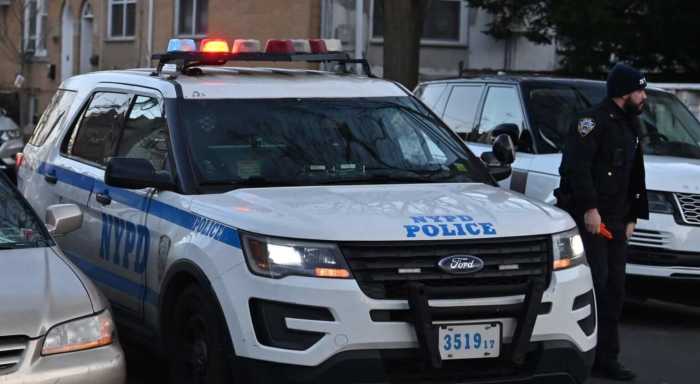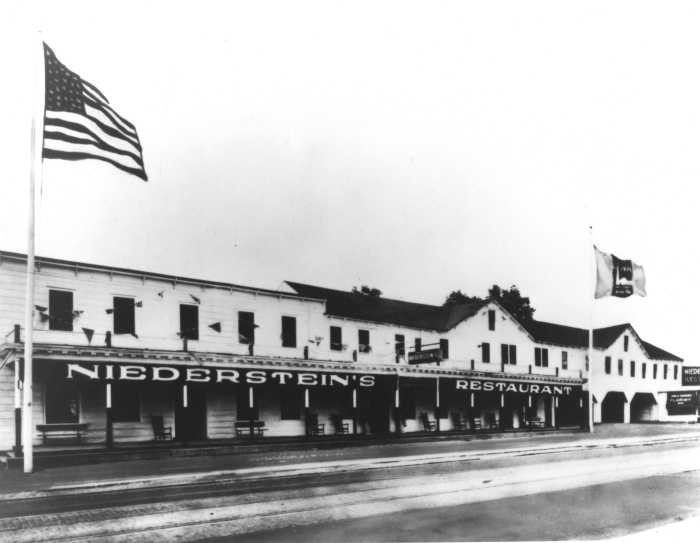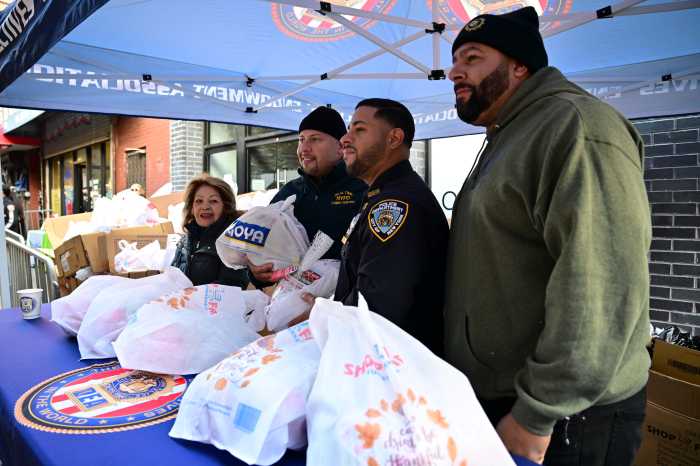In ‘age-friendly neighborhood’ groups across Brooklyn, older residents outside of nursing homes are taking action themselves to stave off depression and anxiety during the COVID-19 crisis, while local electeds, like Assemblymember Stefani Zinerman (D-Bedford-Stuyvesant and Crown Heights), are fiercely calling for more accountability in nursing homes in light of last week’s news of an undercount in deaths.
Before moving into government, Zinerman originally headed Age Friendly Central Brooklyn (AFCB), a senior-led volunteer organization formed out of a city pilot program in 2009 that featured three Aging Improvement Districts (AID) in East Harlem, Upper West Side, and Bedford-Stuyvesant. Bedstuy was the only locally controlled AID district whose residents were primarily Black and Brown.
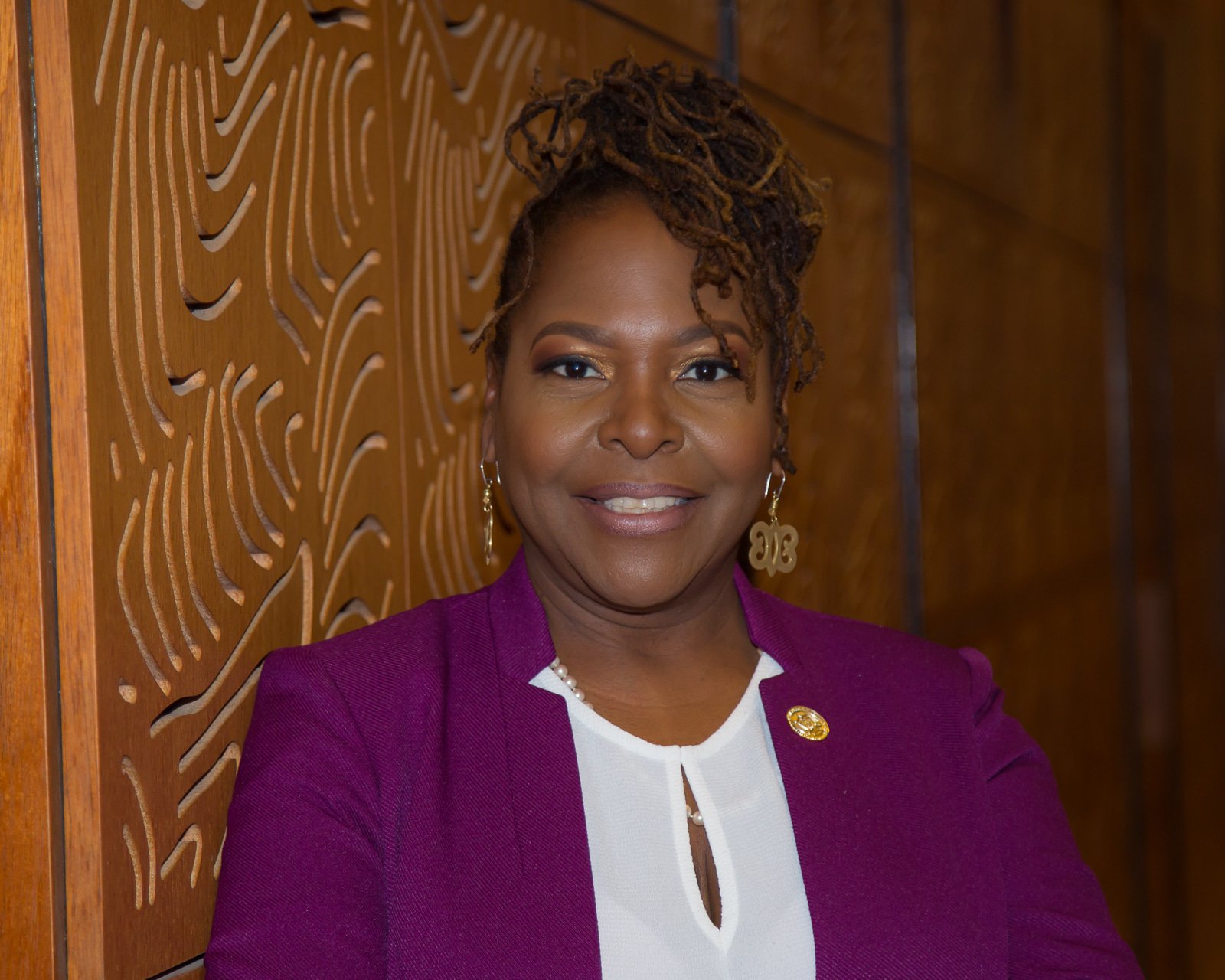
Zinerman said that the organization adds value to the community and was a passion project for her that was hard to leave when she was elected.
Across the boroughs, there were about 20 local groups that addressed senior’s COVID-related needs. They were funded by the New York Academy of Medicine (NYAM). The NYAM used a $52,500 grant awarded to them by New York State Health Foundation (NYSHealth) to give these smaller groups $2,500 grants last year, with AFCB being one of them.
“It really set out to make our neighborhood live up to the designation of what an age friendly community is,” said Zinerman. “The social isolation work with agencies to develop a respect for older adults and what they bring to the table, and also creating a space to focus on what their needs were.”
Selma Jackson, 75, currently co-runs AFCB and lives in Cornerstone Senior Housing in Bedford Stuyvesant. It is a 150-unit building for older adults and has a diverse population of Black, Latino, Caribbean, and Asian residents, she said.
Jackson explained that because Bed-Stuy is largely private homes across city council District 36 there is a NORC, or Naturally Occurring Retirement Community.
“It’s kind of like a resident driven approach to making neighborhoods, these NORCs and these houses, are just better places for older adults to live,” said Center for Healthy Aging Acting Director Elana Kieffer. “Making sure there are social, and arts and culture activities, really making sure the voices of the older adults themselves, how that actually is realized.”
During the crisis last year, AFCB collaborated with Cornerstone residents to perform wellness checks, organize virtual lunch dates with the seniors, and get them more active and involved in the community without leaving their homes. Jackson said AFCB used their grant money to pay for Zoom costs, work on their website, and launch a building newsletter for seniors.
The organization had been incredibly motivated to get the vote out as well, making sure all residents were registered to vote no matter the language barriers. There was an established poll site in their building that they fought to keep to avoid travel. They are currently working on presentations to explain ranked choice voting in the upcoming elections.
Despite the inherent sadness of losing friends and in person contact with family, Jackson said in her independent living building they have prevailed because of their organization.
Jackson thinks that institutional facilities, like the Department of Housing and Urban Development (HUD) building she lives in and New York City Housing Authority (NYCHA), “leave a lot to be desired” in the way they operate.
Jackson said the Department for the Aging (DFTA), for example, is responsible for the senior center in her building which is officially closed and has been since last year’s COVID lockdown. She said they provide some counseling and pantry services though.
“I got a call from one of the residents in the building and she has some disabilities,” said Jackson speaking about the lack of care from agency oversight, “Her eyesight is beginning to fail and she said she can’t read the print of the forms that they have. The administrator was putting the onus on her to come prepared to read it.”
Her immediate reaction, said Jackson, to hearing about Governor Andrew Cuomo’s aide admittedly withholding information on nursing home deaths last week was “oh god here we go again.” She said back in the 1970s in New York City the problems with nursing homes were so bad they were under investigation then.
“As an advocate for older adults, I will say that I think we need truth and data. We need to know the actual numbers of how COVID has affected people of all ages, and especially people in long-term care facilities, to get a really good sense of what happened so we can do better in the future,” said Kieffer.





